New ways of working and space efficiency at Pasila
The Finnish Transport Agency increased its use of space and wanted to try new ways of working at the Pasila state administration office. The Finnish Immigration Office (Migri), for its part, was looking for new premises.
An almost brand new multipurpose office was left empty by the Finnish Customs Service, when hundreds of its employees were transferred to the Finnish Tax Administration.
How were the premises needs of the Finnish Transport Agency, the Finnish Customs Service and Migri resolved in one fell swoop?
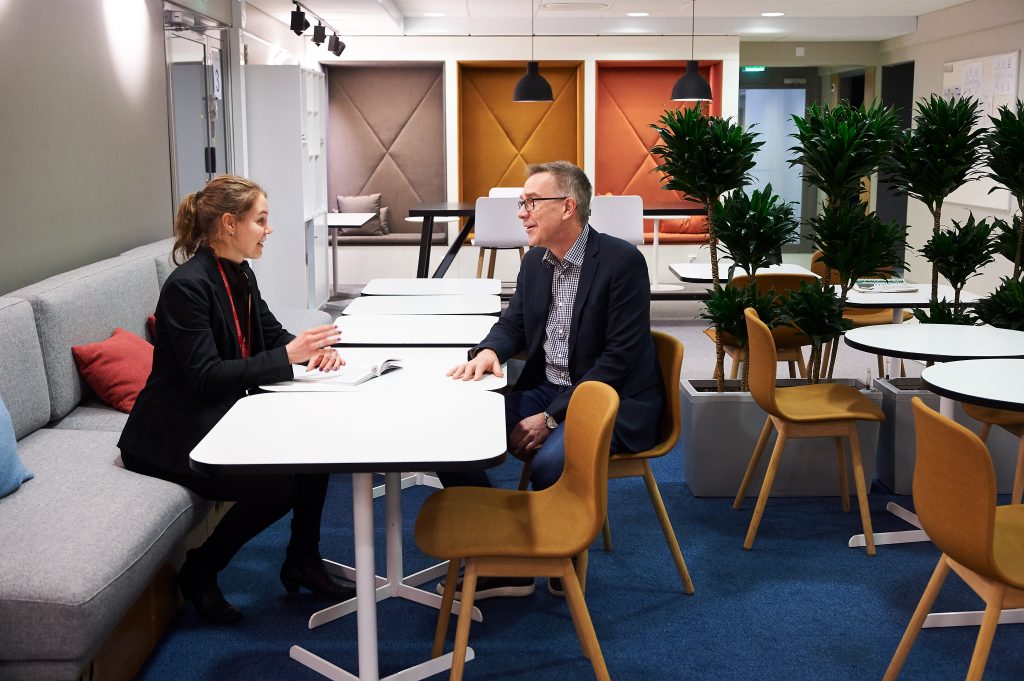
“In the state administration, operations and staff can quickly move from one office to another. At the same time, the Government Premises Strategy requires increased space efficiency and the pursuit of working environments that support more modern working methods. Our task at Senate Properties is, at the same time, to ensure the total benefit of the government, as well as help agencies succeed in their own objectives”, explains Account Manager of Senate Properties Karin Hukkanen.
In this case, the puzzle generated by the different needs of the three agencies was resolved when the Finnish Transport Agency took into use the 6th floor of the Pasila state administration office, which had been given up by the Finnish Customs Service. The space is a 2500 square metre activity-based environment located next to the Finnish Transport Agency’s old premises. The remaining 4700 square metre space vacated by the Finnish Transport Agency was planned as a premises solution for Migri.
“This was our best option, as it did not disturb our business at all. We were able to move into ready furbished premises, so no modifications were needed. In all the other models that we had on the table, we would have had to carry out renovations and move to a temporary location during the renovation work”, says Administrative Director of the Finnish Transport Agency, Hannu Mäkikangas.
From one’s own rooms to an activity-based environment
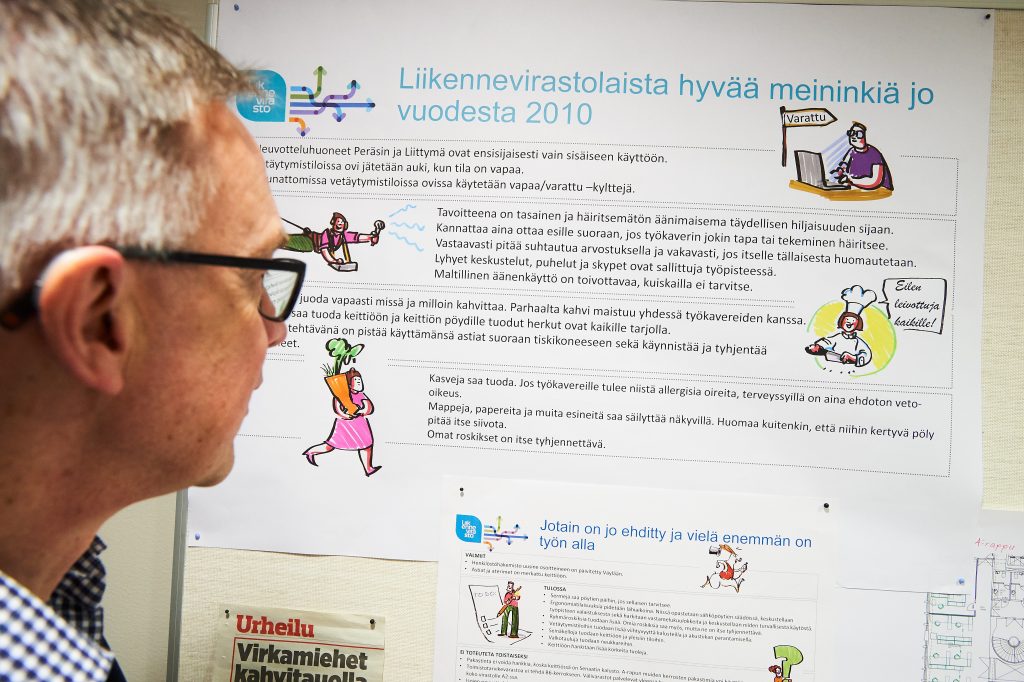
For several years, preparations had been made to improve the efficiency of space utilization at the Finnish Transport Agency through clarifying, among others, the degree of use of the premises and by questioning the opinions of the staff. Prior to the move, the Finnish Transport Agency had use of 16 000 square meters on seven floors at the Pasila state administration office. Almost all staff members had their own work room – with glass walls because of renovations made a few years ago. The idea of moving into an activity-based environment strongly divided the opinions of the staff members.
“Some of the staff had had bad experiences of open-plan offices at previous jobs or from when we had to move into a large open space with bad acoustics during renovations to our own premises. From there, I was also delighted to return back to my own room”, says Hannu Mäkikangas.
“An activity-based environment suffers from the reputation held by bad open-plan offices – the first image is often of a large, impersonal hall, where people hunch around their partitioned-off workstations. On the contrary, the idea of an activity-based environment is to support the different roles and needs of people by providing a space deemed to be suitable for each situation”, Karin Hukkanen continues.
The change is progressing step by step
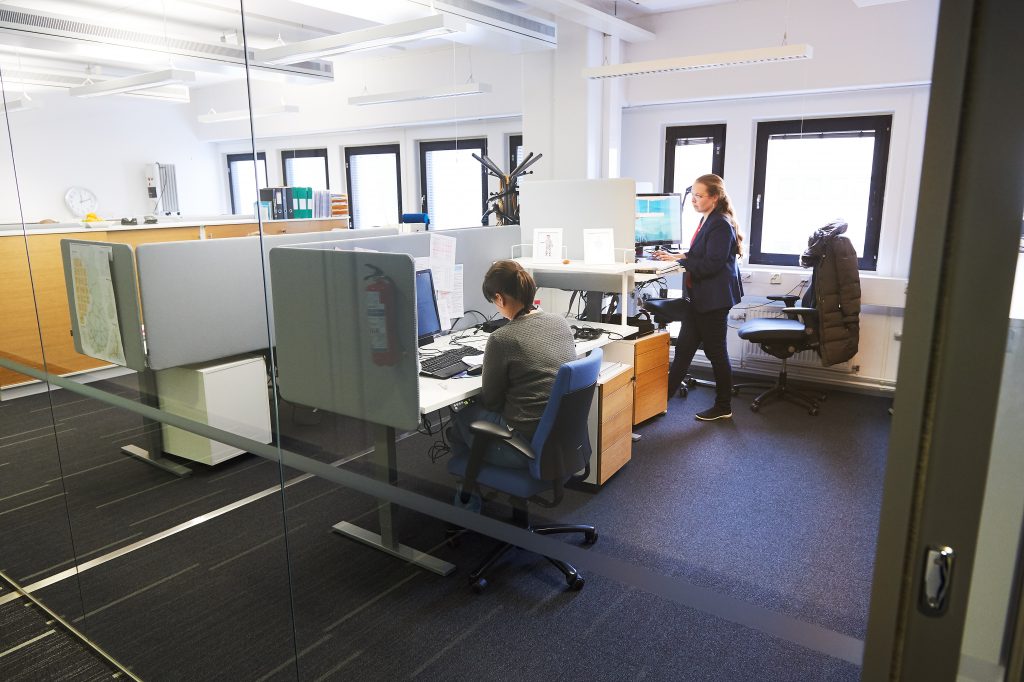
150 staff members of the Finnish Transport Agency, or more than a third of those working in Pasila, moved into the activity-based environment. According to the staff wishes, personal workstations with storage cabinets were preserved in the activity-based environment. A great deal of paper is still used in the office, for example in design work.
“We have a very mobile staff, who work both on domestic worksites and in many co-operation forums abroad. That is why we have developed our organizational culture to be independent of when and where we work. It is ideologically close to an activity-based environment, where freedom of choice prevails. However, we are not that far gone that we would be ready to move to unassigned desks”, says Hannu Mäkikangas.
“Often, these changes progress step by step. For example, the staff of the Finnish Customs Service who moved from here have moved into premises where they don’t have their own workstations. The activity-based environment works best when an employee is not tied to their own workstation, but can fully choose the most suitable spot to work: to be in the middle of people or to retreat to a space where they will be able to concentrate on their tasks without interference. At that time, the best aspects of the premises will be utilised”, says Karin Hukkanen.
Communality becomes the number one matter
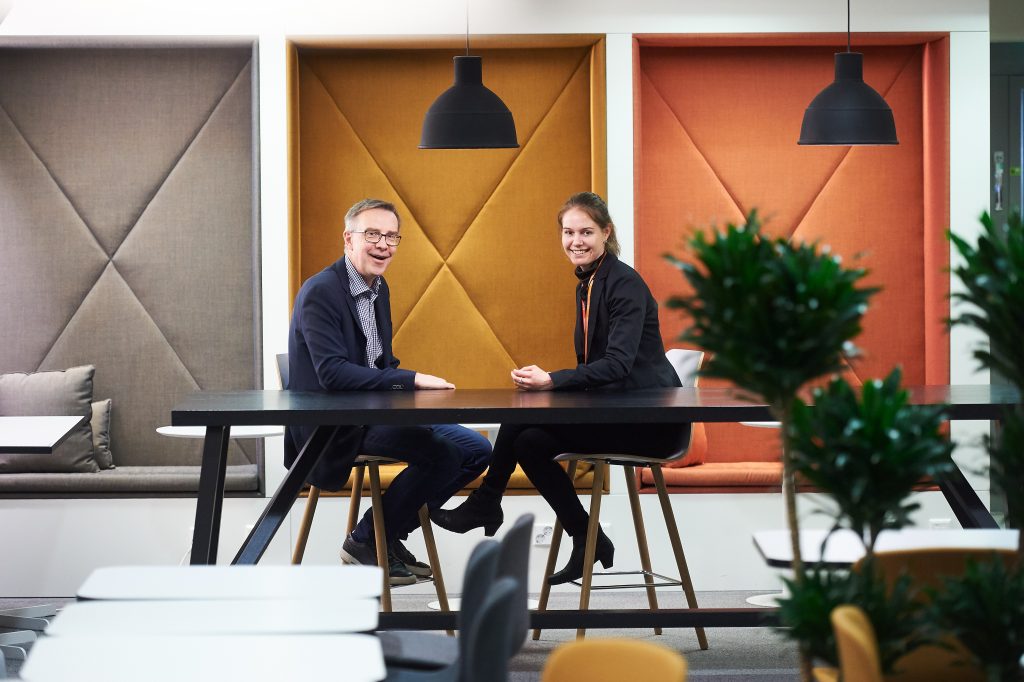
The new activity-based environment has not yet, after a few months, convinced all the staff who have moved there, but one place in the new office has won everyone over. It is a common lounge-type cafe for the whole floor, where one can enjoy a coffee, eat lunch, exchange greetings or hold an effective meeting.
“In our old work environment almost every department had their own small break room in their own corner of the space. Here, people come face to face with each other quite coincidentally, and lawyers and engineers have begun to sit down at the same tables. I believe that the creation of communality will be one of the most important tasks of physical premises in the future”, Hannu Mäkikangas ponders.
“I also believe that the importance of communality will only come to be emphasized in the future. It is about the renewal of the whole working culture, and physical premises are one part of that. It is likely that at some stage we will have common premises for the government, where any public servant can work. At that time, it will not only be one’s own agency that is meaningful, but in which networks one operates”, Karin Hukkanen predicts.
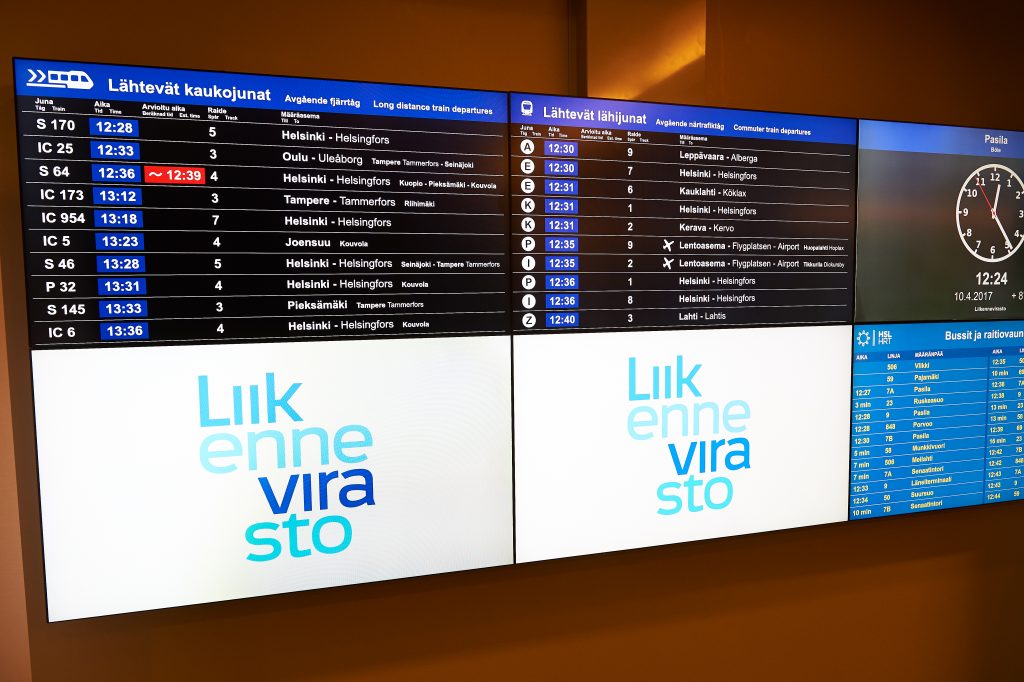
Finnish Transport Agency
The Finnish Transport Agency is an expert organization belonging to the Ministry of Transport and Communications, responsible for Finnish roads, railways and waterways, as well as the development of the transport system.
The Finnish Transport Agency employs about 650 experts and indirectly it employs 12 000 people. In addition to the Helsinki premises in Pasila, the Finnish Transport Agency has offices in Lappeenranta, Turku, Tampere, Oulu, Kouvola and Vaasa.
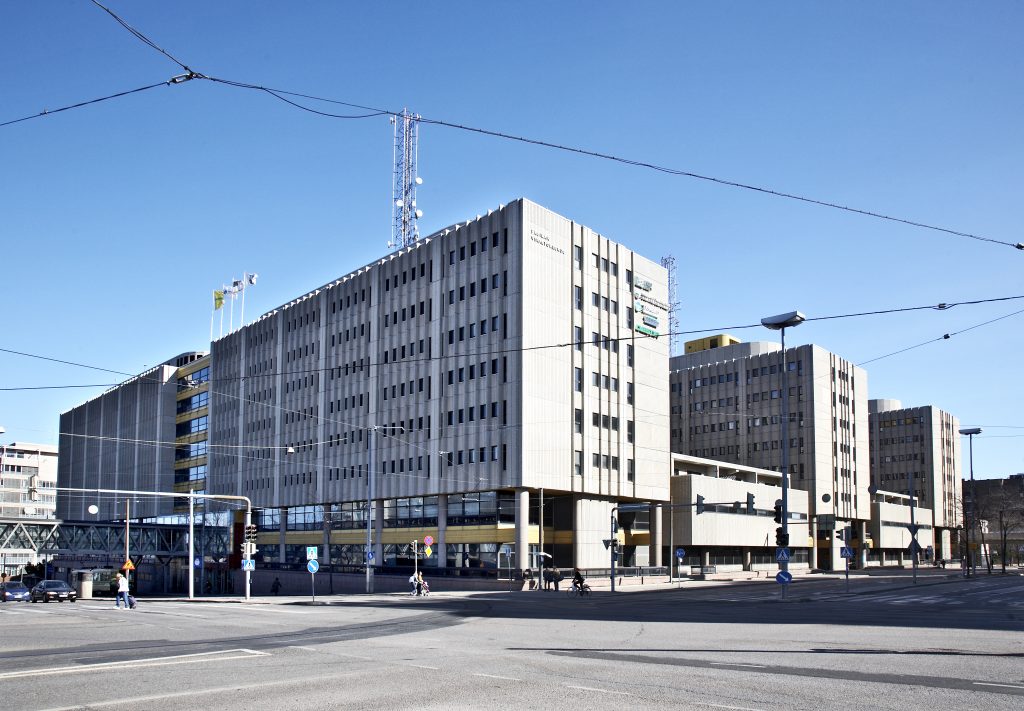
Pasila State Administration Centre
The Pasila state administration centre is a government office building located in a four block area in Itä-Pasila in Helsinki, managed by Senate Properties. The building, completed in 1982, was designed by the Castrén-Jauhiainen-Nuuttila Architectural Office.
The building has eight floors above ground and four underground. There are six wings in the eastern-western direction of the building. The state administration centre is designed for 2 500 employees and has a floor area of 71 000 square meters.
